After spending a week watching jaguars in the northern Pantanal, we headed to the southern fringes of the wetland to track a different spotted feline – the Ocelot. Fazenda San Francisco, a large working farm about 240km from Campo Grande, the capital of Mato Gross do Sul, is considered to be one of the best places in the world to spot an ocelot in Brazil, as well as a variety of other Brazil’s less common animals.
Into the Southern Pantanal
Reaching the southern Pantanal from its northern part is not as straightforward as it may seem. The wetland is so vast and inaccessible, and the domestic flight schedule is so erratic that we had to fly from Cuiaba all the way across the country to Sao Paulo, only to fly right back to Campo Grande, which is only about 600 kilometres south of Cuiaba. While there are plenty of things to see and do in Sao Paulo, we ended up seeing only the airport about a dozen times.
Following a long day of travelling, we rented a car at Campo Grande airport and headed towards Fazenda San Francisco. About an hour out of Campo Grande, we left behind the urban sprawl and entered the Pantanal again. The landscape became flat and open, and before long, we spotted our first rhea.
The soil here was redder than in the northern Pantanal, and the termite mounds rose out of the grassland like little red mud huts. Among the mounds, tall and lanky Yatay palms shot skyward, reminding me of Argentina’s last remaining yatay palm groves in El Palmar National Park, which I visited just over a week ago. It now seemed like it was in a different lifetime.
Fazenda San Francisco
About 28 kilometres from the small town of Miranda, we reached the turnoff for Fazenda San Francisco. The 6.5km access road that traversed the open farmland would become our main wildlife watching destination for the next three days during the daylight hours.
READ MORE: 50 Outstanding Safari Holidays Destinations Outside of Africa
When we finally reached the lodge, we were plunged into a buzzing hive of activity. Dozens of people were climbing into the safari trucks, heading out on their wildlife watching safaris, the staff were busy corralling the people and cleaning up after lunch. And hundreds of birds fluttered between the biggest bird feeders I had ever seen.
Among the huge flocks of Yellow-billed cardinals, there were the magnificent Blue and yellow macaws, Blue-fronted parrots and dozens of Nanday parakeets that occur only here, in the southern Pantanal. Toco toucans picked on fruit with their magnificently oversized beaks and long-legged Rheas strutted from one feeder to the next.
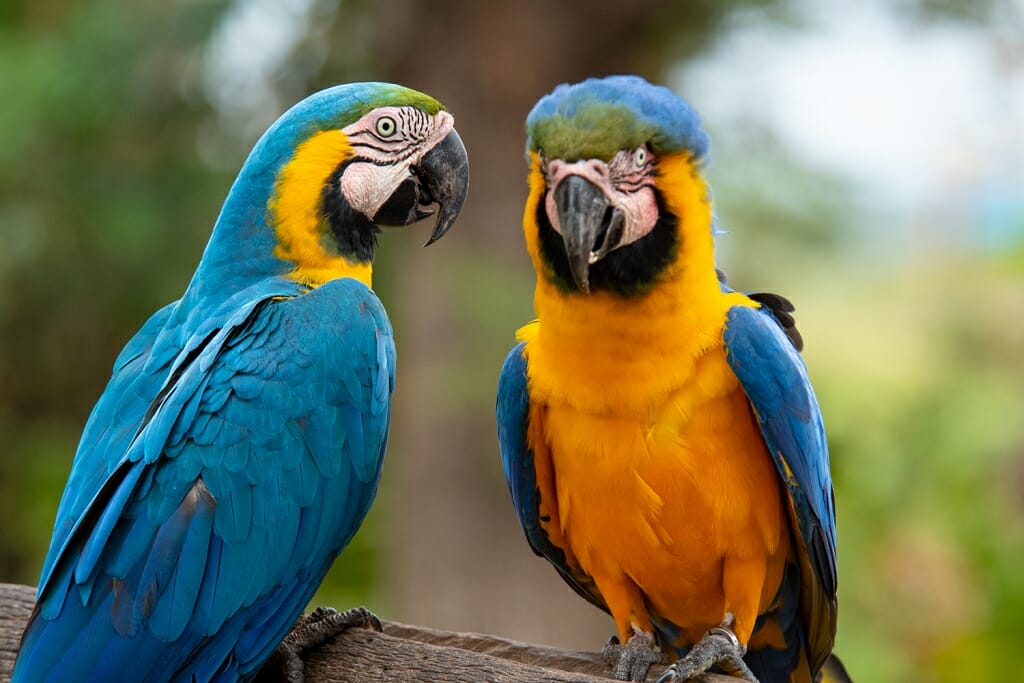
Yet despite the astonishing diversity and abundance of wildlife, Fazenda San Francisco is not for everyone. It is so popular with Brazilian day tourists that it turns into a chaotic stampede during the day. We generally avoided the lodge during the rush hours, spending our time either spotting wildlife along the access road or running chores in town.
READ MORE: 35 Amazing Brazilian Animals you Can Spot on your Travels
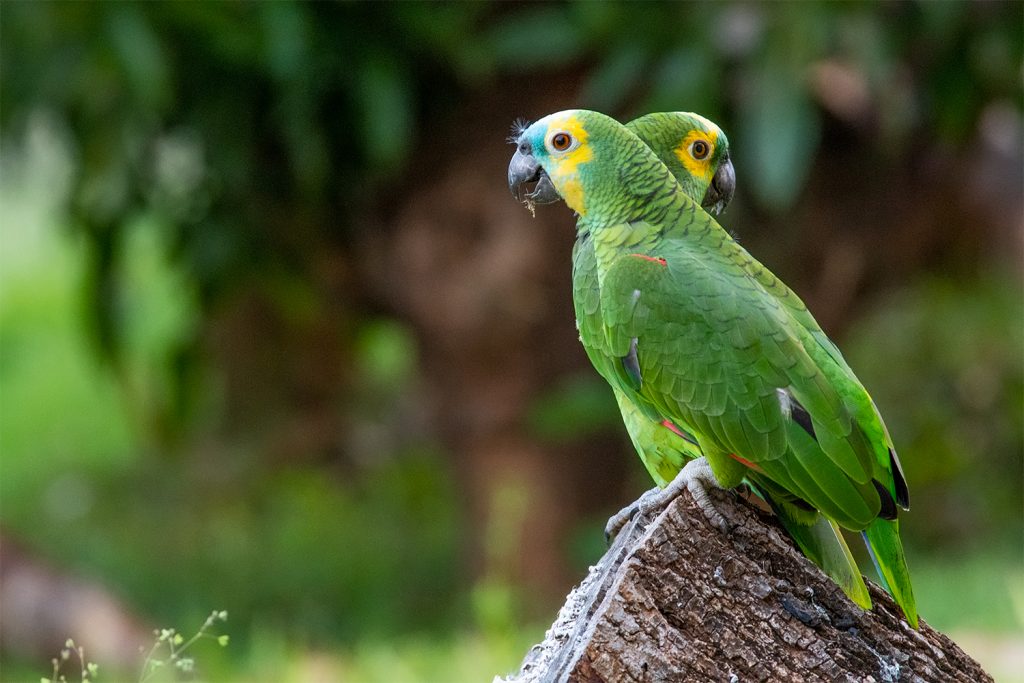
Ultimately, we came to the Fazenda for the Ocelots. The night drives were much quieter than the daytime madness, but we wisely chose to pre-book private night safaris for each of the three nights and this was when Fazenda San Francisco was at its best.
On the first night, we headed out straight after dinner and before we even left the home paddock, we spotted two Yellow armadillos scampering along the road. And as soon as they disappeared out of sight, we came across a Giant anteater in the same field.
When we arrived at the rice paddies we quickly saw the reason for the abundance of ocelots here. Dozens of cavies, the small rodents relatives of the domestic guinea pigs, dashed across the road in front of our truck. The water channels, excavated to bring the water from the river to the paddies, were also teeming with fish and other aquatic organisms, according to our guide Eleoni. The ocelots have no shortage of food in these fields.
We spotted a distant cats eye-shine in the middle of the road about a hundred meters ahead, and Eleoni was certain it was an ocelot. But the cat didn’t wish to be seen and slinked off into the tall grass, disappearing into the night.
The next time Eleoni spotted a distant eye-shine, she didn’t divulge what creature it belonged to. Instead, she urged the driver to speed up along the dusty road and we raced through the night at breakneck speed. Once we reached the spot Eleoni was rushing towards, we slowed down to a crawl and a few seconds later a jaguar raced across the road and disappeared in a blink of an eye. How she spotted it, almost a kilometre away, we will never know.
In the next couple of hours, we spotted some Marsh deer, a Crab-eating raccoon, a pair of Crab-eating foxes and another Giant anteater. But the ocelots evaded us on the first night.
The following morning started with a deafening dawn chorus lead by the raucous Chachalacas. These chicken-like birds must be the loudest animals in existence! Check out what they sound like here.
Yellow Armadillo
After a leisurely breakfast in the company of Blue and Yellow macaws, we spent the day meeting the wildlife that inhabits the home paddock and the fields along the access road. First up was the Yellow armadillo that wondered to the lawns of the lodge and caused a bit of a commotion. It took almost no notice of the people gawking at it and eventually settled underneath the bird feeder munching on corn seed discarded by the birds.
READ MORE: Brazil Itinerary: watching wildlife in Brazil without breaking the budget
Giant Anteater
Driving along the access road we spotted one of South America’s strangest creatures – the Giant anteater. We have seen these odd-looking giants before, but never as close. Remembering the tips that Julinho, our guide in the northern Pantanal, gave us about approaching an anteater, we slowly walk into the field where the anteater is browsing and very carefully moved onto its path.
As it approached us, its weird looks are revealed in all their glory. With its tiny head, its giant snout, large shaggy body and exceptionally bushy tail, it looks like it was made out of spare parts.
It stopped by a termite mound and ripped its top off with its bear-like claws. Then it plunged its long snout inside the open mound and used its equally long tongue to snatch up the termites as they tried to flee in panic.
Once done with one mound, it moved over to the next. And as it ambled along, it came so close to where we were crouching in the grass, that I had to swap my telephoto lens for the iPhone to take this little video. I actually do quite a bit of photography with my iPhne even when I carry the DSLR with me. In some situations, mobile camera presets and photo apps produce excellent images that would’ve required a lot of post-processing if taken with DSLR. Here are some handy smarphone photography tips to help you take better images.
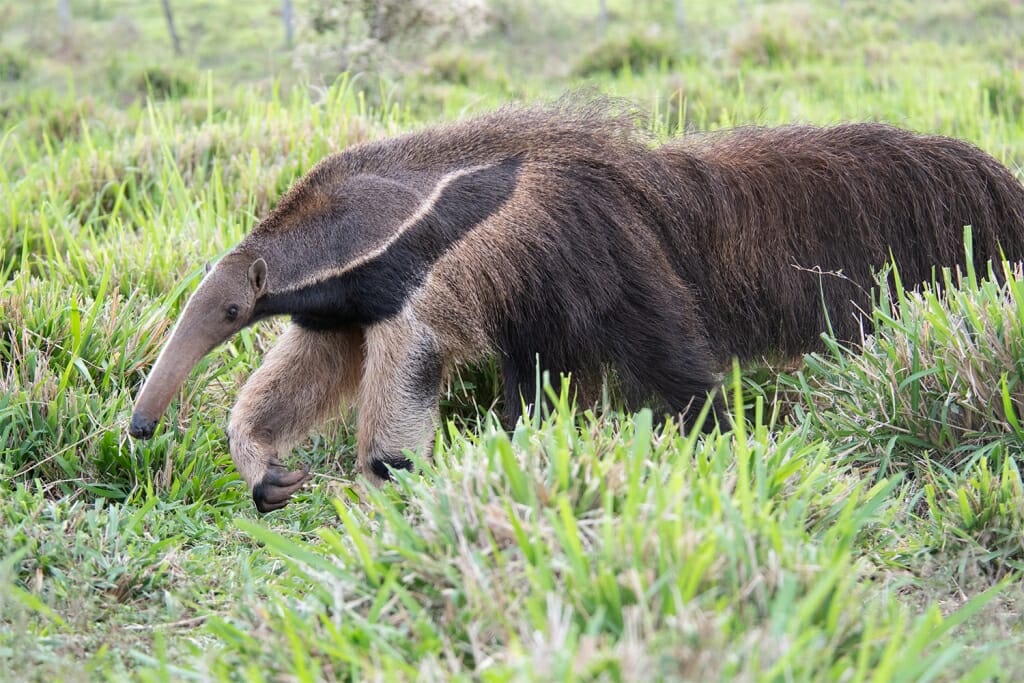
Burrowing owl
Next, we spotted the winner of most Comedy Wildlife Photographer of the Year competitions – the Burrowing owl. Unique among owls, these small, long-legged birds nest and roost in burrows, usually excavated by other creatures. Their habits of standing on one leg and holding their heads at 90-degree angle to their bodies make them some of the most natural comics of the animal kingdom.
Ocelots of the Pantanal
On the second night drive, we found what we came here to see – the ocelots. And unlike some of the wild cat sightings that can brief or distant, we had front row seats to this feline show.
The first Ocelot we found was a female resting in the low branches of a roadside tree. In fact, she nimbly climbed down to we arrived and settled on a think branch at our eye level. She allowed us to gawk at her for a good 20 minutes until we remembered our manners and left it in peace.
Next, we came across a male Ocelot that was so intent on scent-marking every surface in a patch of grass by the stream, that I was sure it sprayed the tires of our truck when he came to investigate it.
As if two ocelots in one night wasn’t spectacular enough, we spotted another female resting in a tree right by the road. It was as content as the first female had been and didn’t mind us parking under her tree and watching her for a while.
Ocelot facts
- Scientific name: Leopardus pardalis
- Conservation status: Least Concern
- How many ocelots left in the wild: 40,000 mature individuals
- Size: 6.6 – 15.5 kg
- Distribution Range: the Southern United States to Northern Argentina
- Habitat: Tropical forest, thorn forest, mangrove swamps and savanna at elevations up to 1,200 m (3,900 ft).
- Diet: Ocelots prefer prey species that way less than 1kg: armadillos, opossums, rabbits, rodents, birds, fish, reptiles and even insects.
Did you know?
Ocelots deposit scat in the communal sites known as latrines.
They also have a unique DNA structure. Ocelots belong to the genus Leopardus, that contains eight small spotted cats mostly native to South America. The cats in this genus have only 36 chromosomes, while all other wild cats have 38 (humans have 46 chromosomes).
Owls of the Pantanal
Once we were done with ocelots we turned our attention to the owls that were out in force that night. In the space of an hour we picked up Short-eared owls, Burrowing owls and 4(!!!) Barn owls, the species that is much rarer in the Americas than it is back home in Australia.
Lesser Anteater
Encouraged by our success with the ocelots, we decided to test our luck further and try looking for some real rarities: the Pampas cat and the Maned wolf. Both species are occasionally seen on night drives, but the sightings are rare and unpredictable.
In the end, we missed out on both species. We had a distant eye-shine that was almost certainly a maned wolf, but by the time we made our way to the edge of the forest where we saw it, it was gone. We’d have to wait until we get to Caraça Monastery to see the maned wolf up-close.
We did, however, spot a rarity that night – the Lesser anteater foraging in a vacant field. Much smaller and much less conspicuous than its giant cousin, it is so rarely seen that our guide was much more excited about finding it, than about the potential of spotting the wolf or the cat.
The only other new species we discovered on our last night was the tiny little Brazilian rabbit that hopped away too fast for us to photograph it.
In between the wildlife watching activities, we caught up with Roberta – one of the Coelho host family members and learned some interesting things about fazenda’s history and its involvement with wildlife conservation. In 1973, the family found, Laucídio Coelho, purchased 100,000 hectares of the old Bodoquena farm and divided it among his 12 children.
Helio Coelho, Roberta’s father, got 11,000 hectares, which over time the family expanded to 15,000 hectares. There are three distinct habitat types within the fazenda: 6000 hectares are set aside as natural forest habitat; 3,300 hectares are taken up by cattle pasture and 4,500 hectares are utilized by rice fields. The rice fields lie adjacent to a large tract of forest that belongs to the other branch of the family, Roberta’s aunt.
Roberta is passionately involved in the management of the land belonging to the family.
I cried… I asked for the forest to be preserved. Because the farm was shared and [my aunt’s] husband was going to ‘put everything to plant’ and I begged: “Please, please, keep the forest”. So she did. This forest was in two pieces. They reduced it by half, but it’s still big. So, on my side [of the family] now, we are doing another forest. Letting it regenerate from the one that they cut. It’s still big. We have jaguars living there. One was monitored by the Gadonça Project. Now she’s dead. She died, I believe, 6 years ago. The generations of this female still live there. We are doing another forest for 3 kilometres in the direction to the big forest, a corridor and [it is] 60 meters wide. I took my nephew and I showed him a lot of parrots, forest, showed him the egrets.
The Gadonça Project that Roberta mentioned was based at Fazenda San Francisco from 2003 to 2007 and was aimed at understanding jaguar ecology with a specific focus on predation on domestic stock. The study discovered that most instances of cattle mortality were not related to jaguar predation. Cattle mostly died of snake bites or diseases. The project resulted in the introduction of improved livestock management techniques that have been implemented at the farm:
So what we do when the jaguar attacks the cows, we remove all the cows from that area to another area. And we put the buffaloes there [in the area of predation]. Because the buffaloes are brave, they face the jaguar and the jaguar goes away. And the cows are very afraid of the jaguar, they just run, run away from the jaguar.
And the other thing is – many farmers have calves all the year round. So it’s easy for the jaguar to attack the calves all year round. So what we do is concentrate the births in one month of the year. And we keep the calves near the house paddock because the jaguars will not come there.
Visiting Fazenda San Francisco
Closest airport
Campo Grande
The drive
Take 262 highway heading towards Corumba and Bolivian border. The Fazenda is just over 230 km from the airport. Watch for the signposted turn off 28 km from Miranda.
Staying at Fazenda San Francisco
The Fazenda sits on 13800 hectares of land. 3300 hectares are taken up by fields and pasture, 4500 hectares are set aside for rice and 6000 hectares are left as natural Pantanal savannah.
The lodge, located inside the home paddock has rustic but comfortable rooms. The restaurant serves the usual Brazilian buffet-style meals, with many choices of meat and vegetables. Breakfast, lunch and dinner are served at set times.
Activities at Fazenda San Francisco
Fazenda San Francisco is very popular with Brazilian tourists. Most visitors come on day tours, meaning that the time period between late morning and late afternoon is the busiest. And when I say busy, I mean chaotic.
The visitors are ferried between the different activities (river cruise, horse riding, wildlife watching, canoe rides, wetland walks) in large safari trucks. At night, while there are considerably fewer people, it is still busy enough to have a couple of trucks going out on spotlighting drives. If you are a serious wildlife watcher, I would highly recommend booking a private safari (your own safari truck) for your group. Otherwise, you very well might end up with 20+ people in the truck with you.
The brief quiet periods, when the day visitors are away on their activities, are good for relaxing at the lodge and watching the amazing birdlife congregate at the numerous bird feeders.
Here is a video of a flock of Nanday parakeets raiding the kitchen’s rice supplies.
You can also drive the access road, as we did, and spot a lot of wildlife on your own.
Costs
We spent less than USD 400 per person triple share. This included a private safari truck for three nights. You can also book private day safaris if you like.
How to book
Roberta Pru, whose family owns the fazenda, speaks very good English and quickly responds to email requests and questions. Her contact email is: [email protected]
If you have any questions about visiting the southern Pantanal, don’t think twice, leave a comment.
More on Finding Wildlife in Brazil
- A Practical Guide to Visiting Iguazu Falls in Brazil & Argentina
- Watching wild jaguars in the Pantanal, Brazil
- 35 Amazing Brazilian Animals and Best Places to See Wildlife in Brazil
- On the trail of the ocelot in Brazil
- 11 Stunning South American Wild Cats and Where to See Them
- Top 10 Pantanal Adventures For Your Brazil Holidays
- Brazil Itinerary: watching wildlife in Brazil without breaking the budget
- 7 Fun things to do in Paraty, Brazil
- Maned wolves and Catholic monks of Santuario do Caraça
- Wildlife of Iguazu Falls, Brazil and Argentina

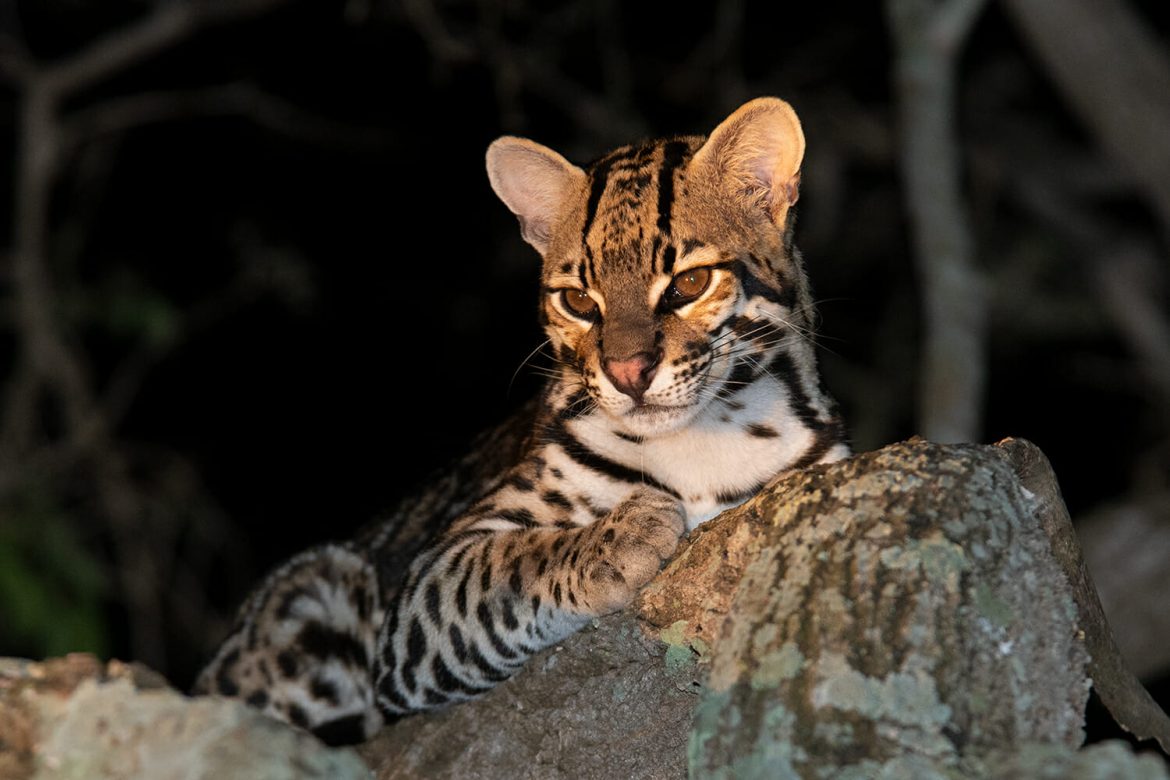
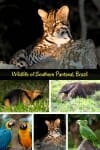
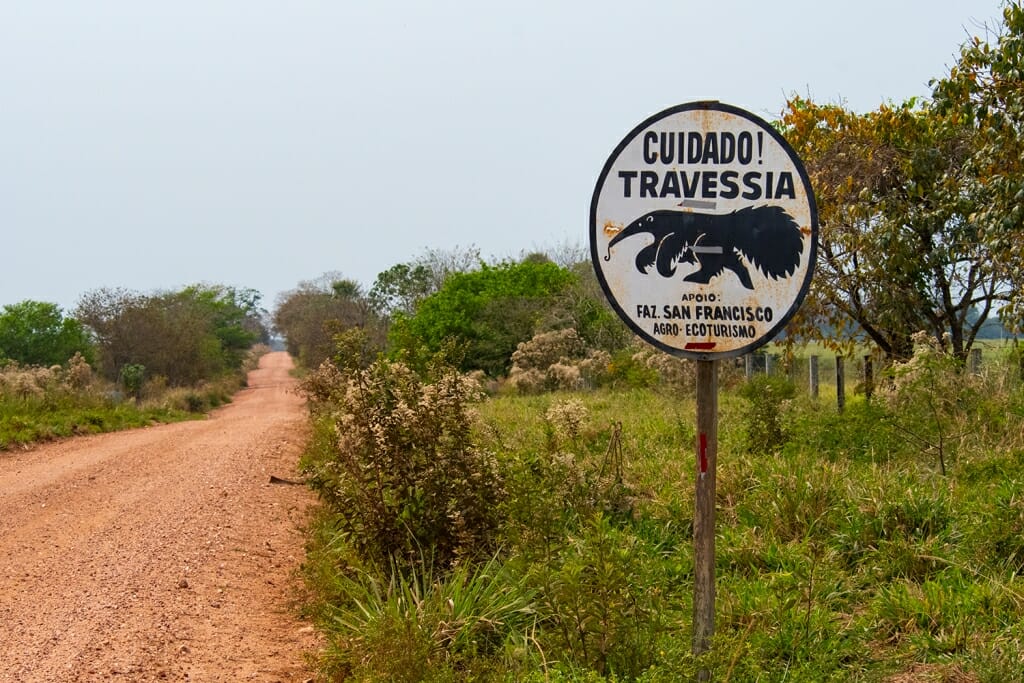
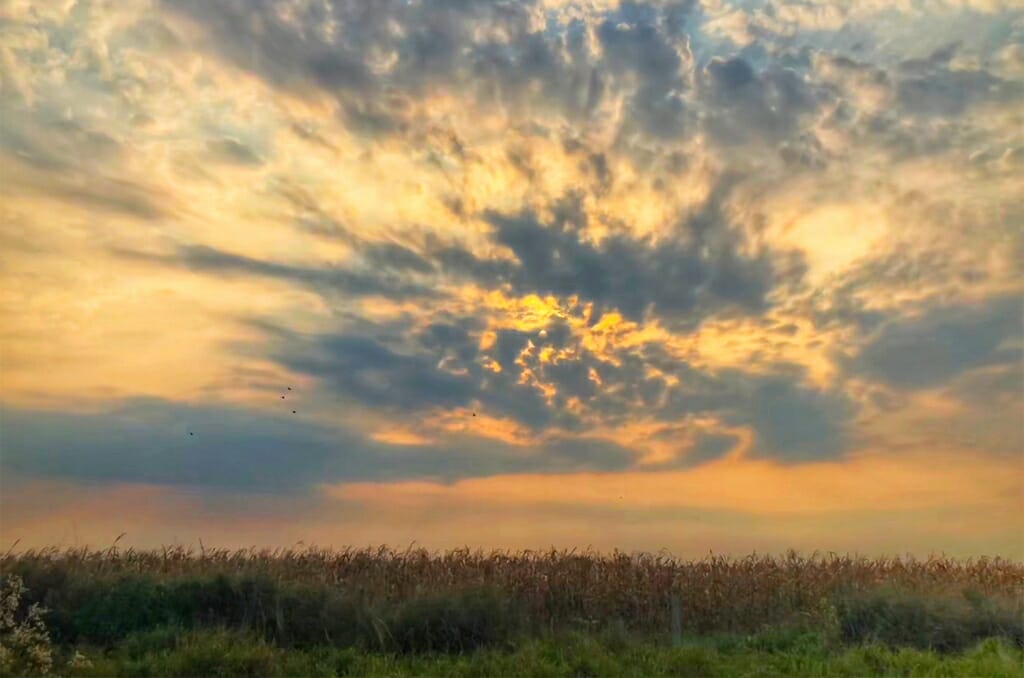
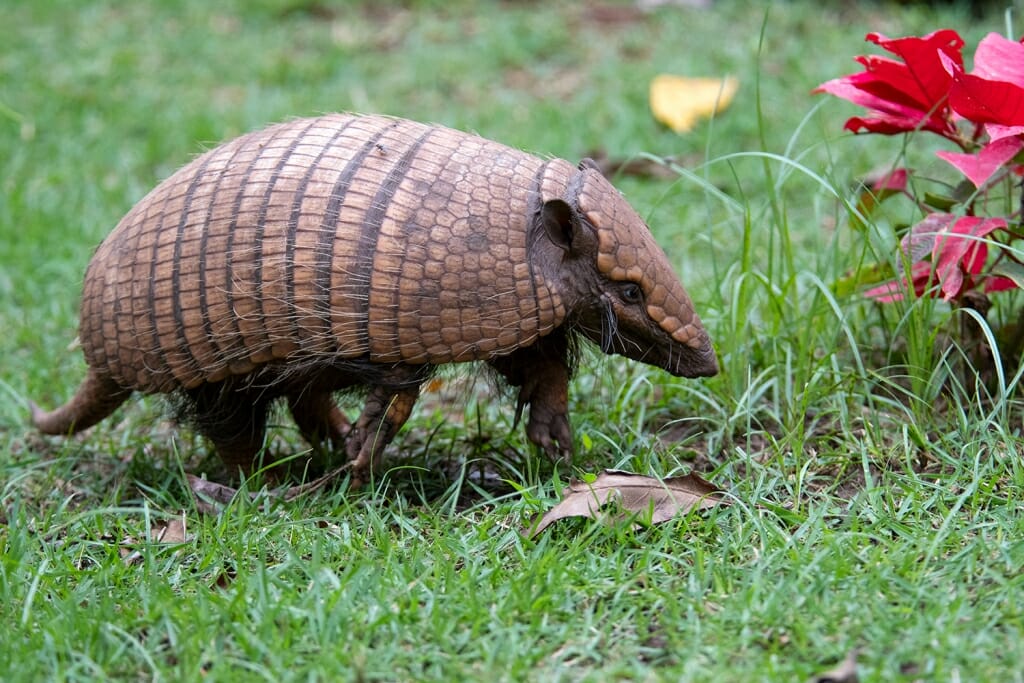
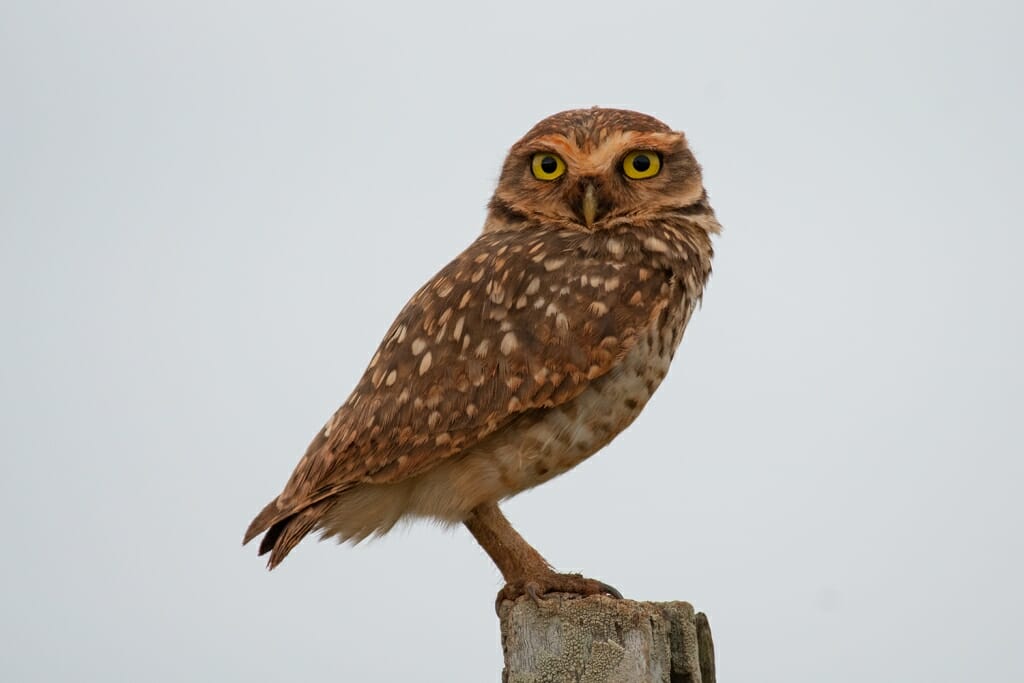
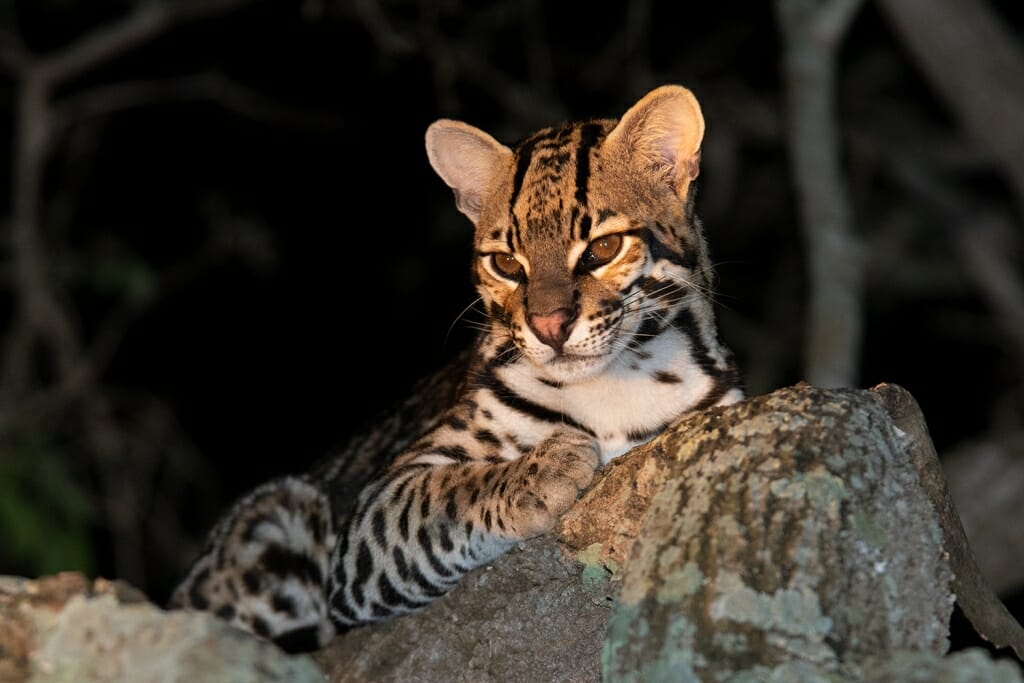
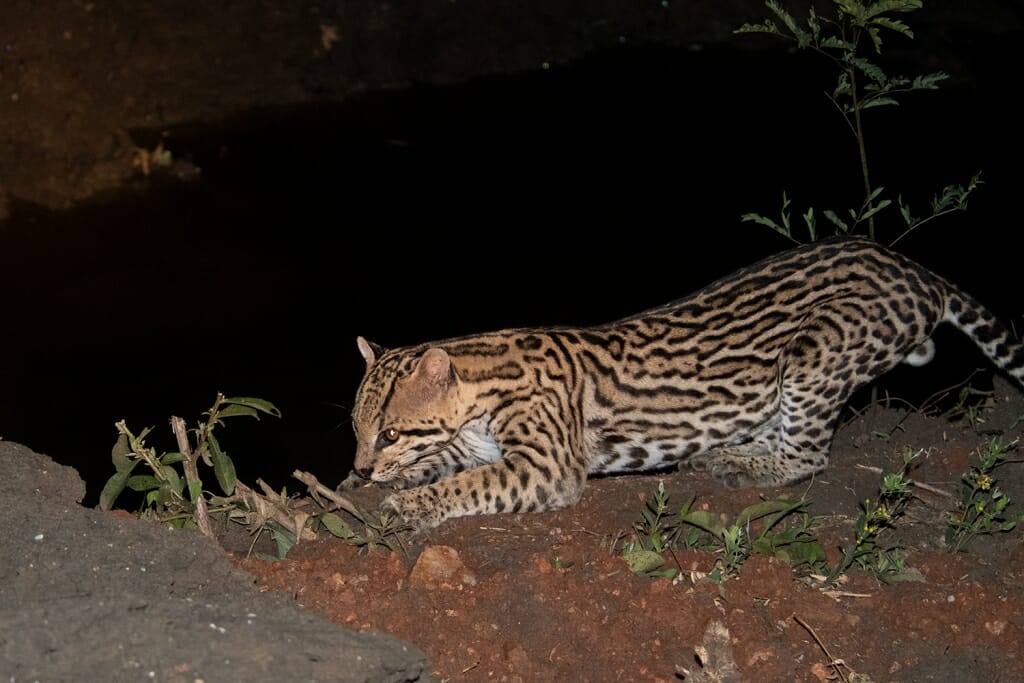
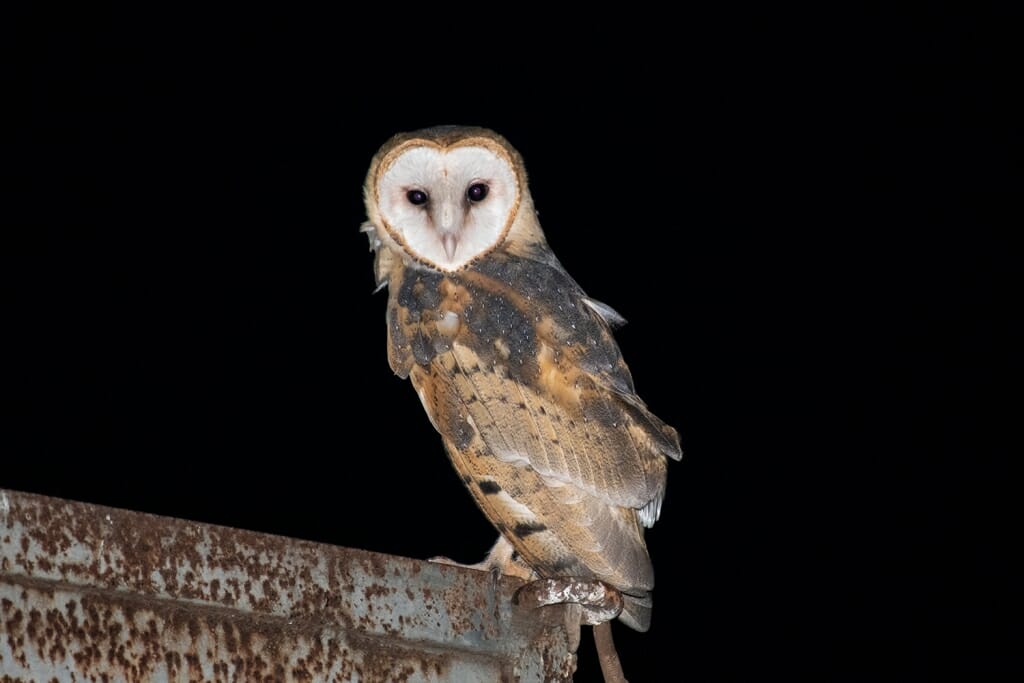
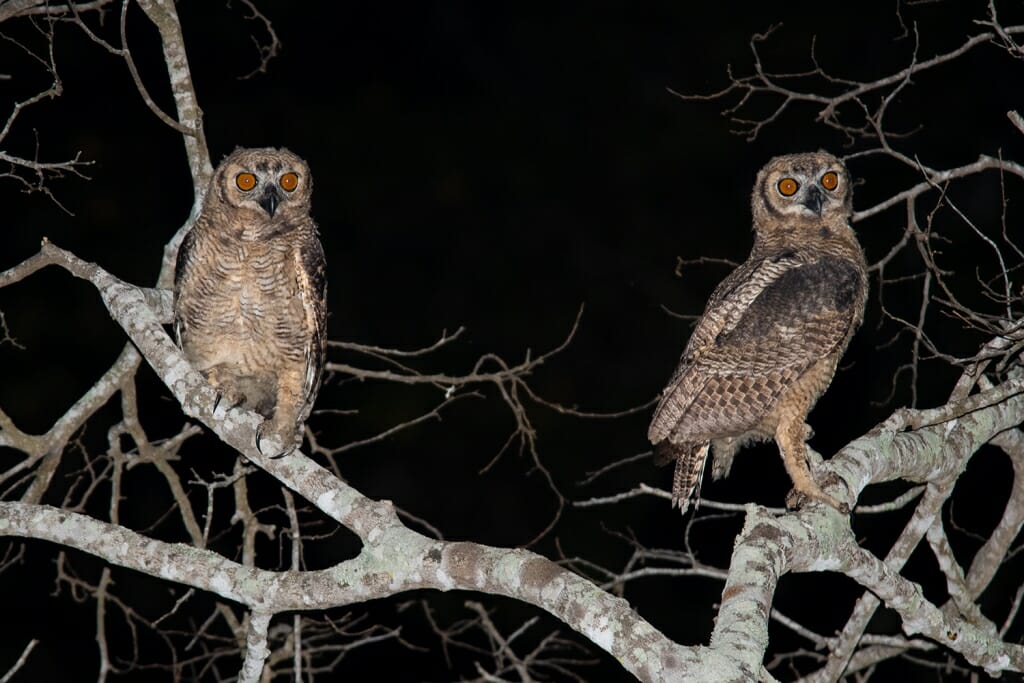
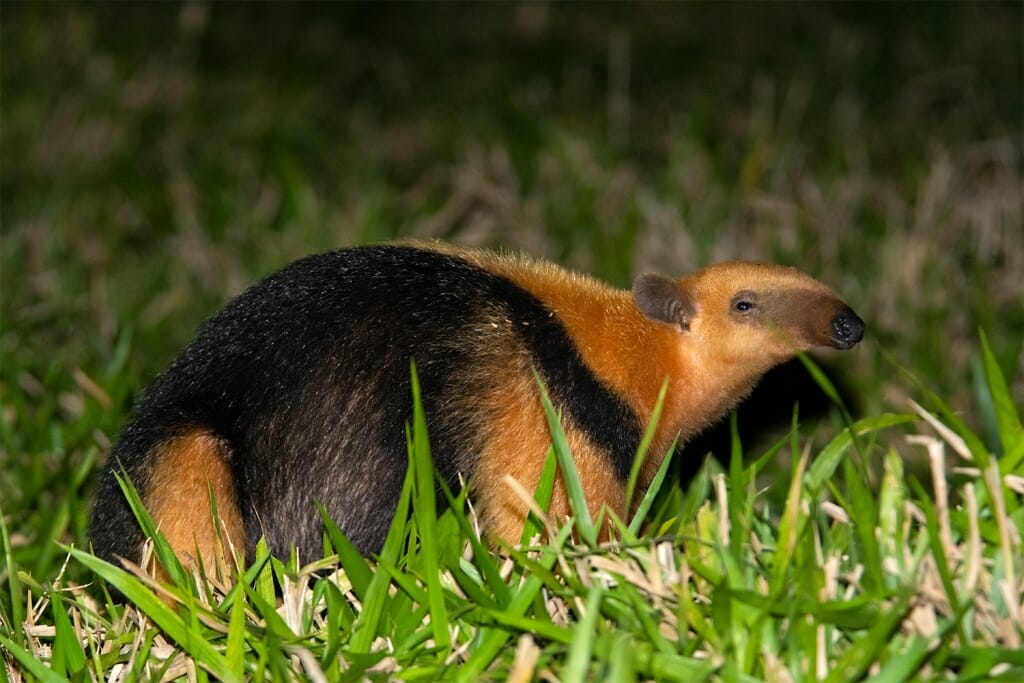

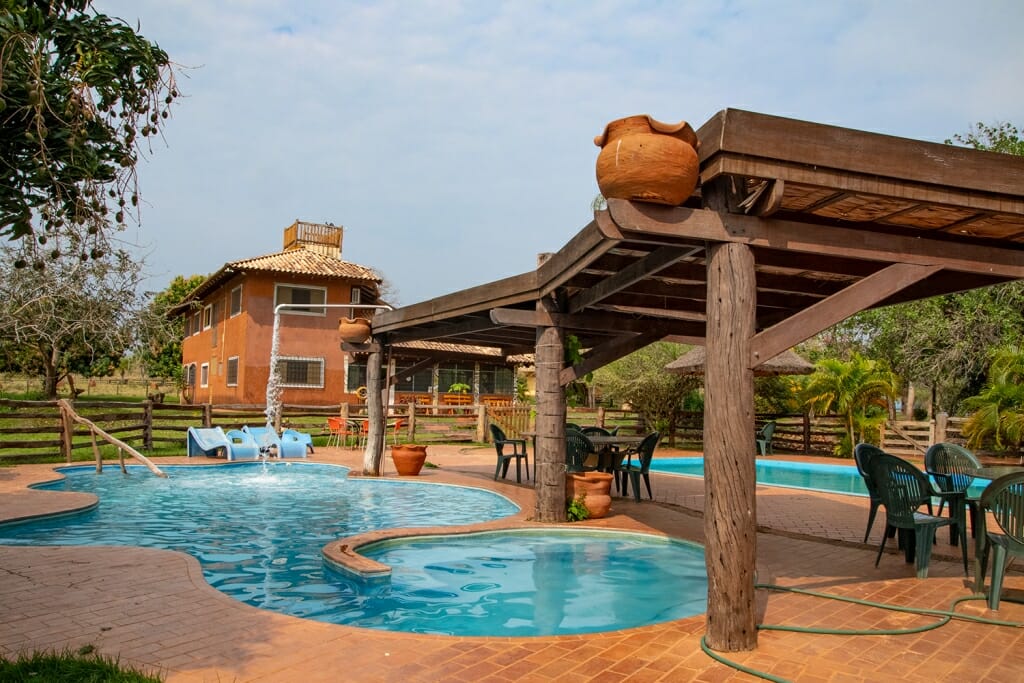
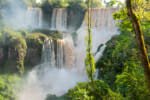
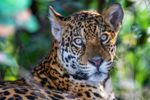
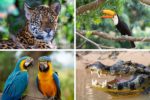
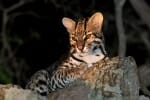
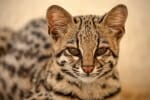
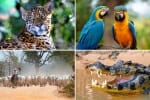
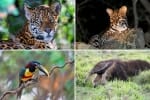
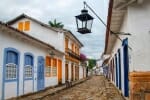
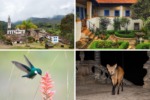
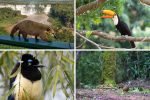
Absolutely amazing experience
Wow, this is right up my alley! Love all the pictures of the animals. Looks like such a cool experience!
This is AMAZING!! That anteater is so cool! I’ve never had Brazil on my list for wildlife, but it is now! And that’s such an affordable tour, too.
Absolutely! Wildlife watching in Brazil is off the scale!
Wow this sounds like a dream. And honestly I’m such a fan of wildlife watching. It just makes me so happy. Thank you for sharing!
Thank you, Pau
Wow, this looks amazing! And the photos are absolutely stunning. It must have been such a cool experience!
So many gorgeous photos! looks like a fantastic trip.
Oh wow! What a wonderful experience! These photos are absolutely stunning. You definitely have an eye for it :)
This is such a comprehensive post. I didn’t realise there were so many different types of animals to see there!
Thank you, Nat. I was amazed by the sheer numbers of different species in the Pantanal.
What an amazing experience, it would be wonderful to be able to see so many of those beautiful animals in their natural habitats. I think my kids would love that. South America is often portrayed as a little dangerous, did you feel safe all the time?
Thank you, Sally. We stayed away from the big cities and never had any safety issues at all. We found Brazilian people to be very generous and welcoming.
Gorgeous photos as always! What a fantastic guide to the wildlife of the Pantanal! I especially love your photos of the toucans and parrots, the colours are so vibrant.
Thank you, Brianna. I was amazed at how vividly colourful the birds are in Brazil.
This is so great and seems really affordable considering how much wildlife you can see.
Absolutely! Great value for money